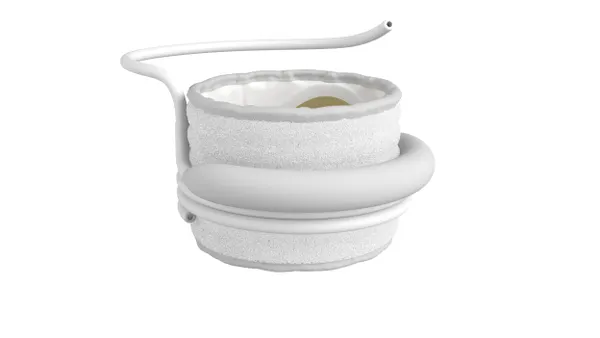Dive Brief:
- FDA is cautioning people with diabetes not to use unapproved devices to manage blood sugar. Patients who do so run the risk of having inaccurate glucose readings or unsafe insulin dosing that could lead to injury or death, the agency said in a safety communication Friday.
- The warning comes after FDA received a report of a patient requiring medical intervention for an insulin overdose linked to use of an unapproved system.
- JDRF, formerly known as the Juvenile Diabetes Research Foundation, in a statement called FDA’s warning “not unexpected” given the growing number of people in the Type 1 community who use “do it yourself (DIY)” automated insulin delivery approaches to managing the disease.
Dive Insight:
FDA said it is aware of manufacturers illegally marketing devices and components that have not been reviewed for safety and effectiveness. Namely, FDA said some manufacturers use an algorithm to convert raw data from an FDA-approved glucose sensor to display glucose level to a patient, which could be inaccurate.
So too are patients choosing to use unapproved versions of continuous glucose monitors (CGMs), insulin pumps and automated insulin dosing systems, sometimes combining devices or components that are not intended to be used together, the agency said. Patients may do so to save money, or because of personal preference. However, devices and systems that have not been properly evaluated for safety pose risks that include severe low blood sugar, coma, diabetic ketoacidosis and death, FDA warned.
JDRF has been an advocate for the DIY artificial pancreas movement, pointing out nearly two years ago that growing numbers of patients were “hacking” their CGMs and insulin pumps to create automated insulin delivery systems. The efforts improved health outcomes for many users, JDRF said at the time, leading the group to pledge to work to facilitate an industry migration to open-protocol technology to connect devices.
JDRF responded to FDA’s warning to avoid unapproved devices by saying it would continue to support DIY efforts while encouraging patients to report any problems with those and other devices. Most people with Type 1 diabetes do not achieve their glycemic goal despite significant advances in treatment options, yet a growing number have benefited from DIY automated insulin delivery devices, the foundation said.
"JDRF believes every person who considers DIY approaches should weigh the risks and benefits from their own perspective," the group said.
In the case of the patient who suffered an insulin overdose, FDA said the individual used an unapproved CGM system that received an electronic signal from an authorized glucose sensor and converted it to a glucose value using an unauthorized algorithm. Glucose readings were then sent to an unauthorized automated insulin dosing device. The system gave too much insulin in response to repeated incorrect high glucose readings sent from the CGM system.
The devices were not designed to be used together and were not thoroughly tested for compatibility, FDA said. Further, it is unclear whether the insulin overdose resulted from inaccurate glucose readings from the sensor, or a software malfunction in the automated insulin dosing device that misread the electronic signal from the CGM system, the agency said.
FDA said it is working to give patients options to tailor treatments, pointing to its approval last year of Dexcom’s G6 integrated continuous glucose monitoring (iCGM) system and Senseonics’ Eversense CGM with an implantable sensor that can be worn for up to 90 days. In February, FDA also cleared the Tandem Diabetes Care t:Slim X2 insulin pump with interoperable technology that delivers insulin under the skin for children and adults.
Medtronic’s MiniMed 670G hybrid closed loop system in 2016 became the first FDA-approved device that could replicate some of the functions of the pancreas. But the authorized system has not been without flaws either. Medtronic issued an urgent field safety notification in October regarding cases of lost audio notifications in its 670G insulin pump using its version 4.10 software, which the company cautioned could delay response to underlying problems and lead to possible hypoglycemia or hyperglycemia.








